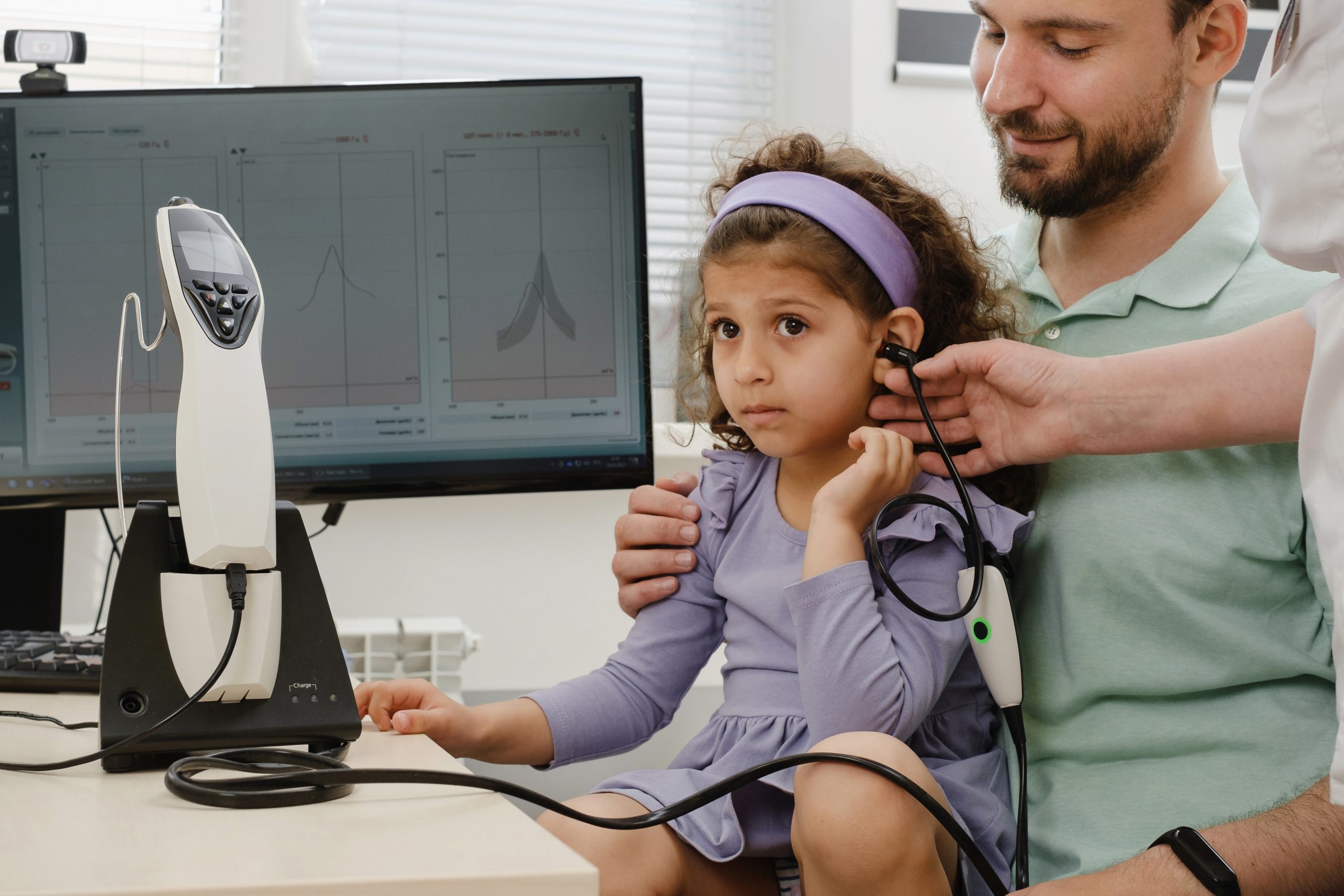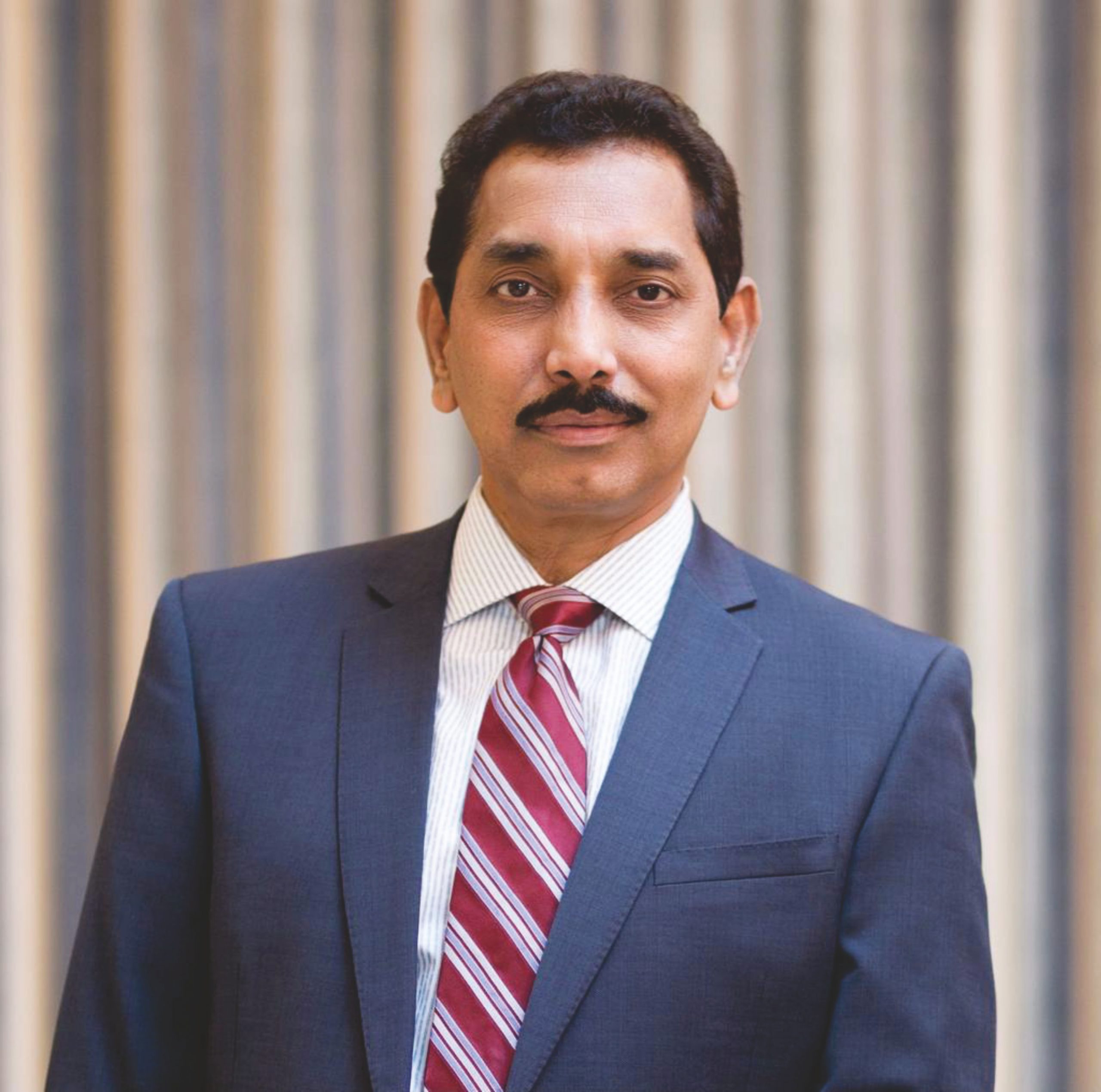
Identification and diagnosis of auditory problems in children is critical for ensuring timely intervention, treatment and therapy. The early years of a child’s life are important for acquisition of language and communication skills, and any hearing loss should be addressed promptly to minimise development delay.
- A primary indicator of potential hearing loss in infants is the lack of response to sounds. Typically, a new-born or infant should startle at loud noise and/or react when her name is called. If she consistently fails to respond to sounds, it’s a sign that something is wrong. Parents and caregivers should pay close attention to their child’s reactions to various sounds in the environment.

Dr. N. Vishnu Swaroop Reddy
- Speech and language development milestones in early childhood serve as important benchmarks for identifying auditory problems. Delayed or absent babbling by 12 months, lack of gestures such as pointing or waving, and difficulty imitating simple sounds are all indicative of lurking hearing challenges. By 15-18 months, children are expected to use single words in their speech, and any delay in reaching this milestone warrants medical investigation.
- It’s important for parents to observe and monitor children’s communication skills. Usually, children with hearing problems struggle to respond to verbal requests, follow simple directions, or engage in basic conversation. Inconsistent response to sounds, for instance when a child may respond to some stimuli but not others, is also a sign of hearing difficulties. Inattentiveness or easy distractibility in response to auditory stimuli is another indicator of hearing problems.
- Frequent ear infections or persistent fluid drainage from ears could contribute to hearing loss. Ear infections, if left untreated, impact hearing. Therefore parents should monitor their children’s auditory health closely.
- Frequent falls or lack of balance is also a symptom of hearing issues, as the vestibular system, which governs body equilibrium and balance, is closely connected with the auditory system.
- A child’s interest in auditory stimuli, such as music, toys that make noise, provides insights into their hearing health. Lack of interest in these sounds suggests a diminished ability to perceive or appreciate auditory stimuli.
While these indicators may raise suspicion, it’s important to highlight that every child exhibits different combinations of symptoms. Moreover, some symptoms may be related to factors other than auditory health. Therefore, it’s advisable for parents to consult with healthcare professionals — paediatricians or audiologists, if they observe persistent signs or a cluster of indicators.
Early intervention is paramount to effectively addressing auditory problems in children. Depending on the severity of hearing loss, interventions such as hearing aids or cochlear implants may be recommended.
Vigilance and proactive monitoring of children’s auditory development during the formative years is crucial to ensuring their overall well-being and critical for providing them the support they need for optimal language and communication development.
(Dr. N. Vishnu Swaroop Reddy is Clinical Director, Head of the Dept & Chief Consultant ENT and Facial Plastic Surgeon, CARE Hospitals, Hyderabad)

























